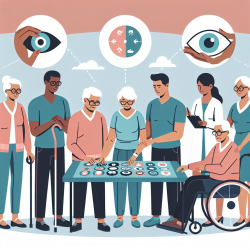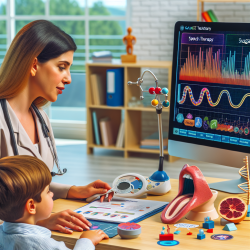Age-related macular degeneration (AMD) presents a significant challenge not only to eye health professionals but also to the patients who must navigate the consequences of vision loss. The research article "Vision Rehabilitation is Part of AMD Care" highlights the importance of a comprehensive approach that bridges the gap between medical treatment and rehabilitative care. This blog post will explore how practitioners can improve their skills by implementing outcomes from this research and encourage further exploration in this field.
The Importance of Vision Rehabilitation
AMD does not only affect the retina; it impacts every aspect of a patient's life. As the population ages, more individuals will experience vision loss, making vision rehabilitation increasingly vital. The research emphasizes the need for teamwork between medical professionals and rehabilitation specialists to address both the causes and consequences of AMD.
Patient-Centered Functional Priorities
The American Academy of Ophthalmology outlines five key areas affected by vision loss:
- Reading: A primary concern for many patients.
- Activities of Daily Living: Vision-dependent tasks such as self-care and home management.
- Safety: Risks associated with falls, street crossing, and driving.
- Community Participation: Involvement in social and religious events.
- Physical, Cognitive, and Psychosocial Well-being: Particularly crucial for elderly patients.
The Four Aspects of Vision Loss
The research categorizes vision loss into four aspects: structural changes, organ functions (visual acuity, visual field, contrast sensitivity), task performance (reading, mobility), and societal impact. Practitioners must focus on how patients function in their daily lives rather than solely on eye function.
The Role of Vision Rehabilitation Professionals
The role of vision rehabilitation professionals is crucial in helping patients select appropriate interventions. For instance, magnification devices can aid those with reduced detail vision. However, surround vision loss requires patient education rather than devices. Understanding these nuances allows practitioners to provide tailored care that enhances patient quality of life.
The Need for Continued Research
The article encourages further research into contrast vision and its implications for early detection and patient safety. Practitioners are urged to stay informed through publications, conferences, and webinars to continually refine their skills and knowledge in this evolving field.










